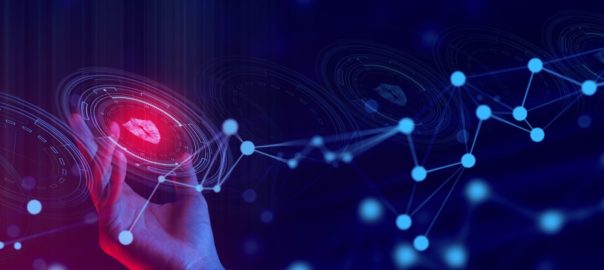We have often talked about how having a disaster recovery plan is one of the most crucial elements of good business management. Despite our constant posts and reminders, however, there are still thousands of business owners all over the world that do not take disaster recovery seriously.
Most businesses take precautions to protect other aspects of their business—car insurance, vendor contracts, and so on. But it’s scary that many people choose not to spend money on a good disaster recovery plan.
How will you handle a disaster that damages your data, equipment, or other resources? If you have prepared a business contingency plan for such events, you will have something to fall back on. There might be losses, but they will be minimal, and you will be able to restore everything soon enough.
If you don’t have a proper disaster recovery plan, you might not be able to continue with business operations. Here are some consequences you might face if you cannot prepare a suitable recovery plan for your business right from the beginning.
Disaster and Substantial Data Loss
Businesses rely on many kinds of data to operate properly. From marketing to sales to customer records, your company’s data plays a considerable role in day-to-day operations. If your data gets lost or damaged, your business can invariably collapse!
Even huge companies are not immune to the effects of data loss. Many people have had to spend millions of dollars just to get their data back after they lost it because of a cyberattack or a natural disaster.
Business Interruption
If a disaster hits your business and you don’t have the means to recover, your operations may come to a stop. You can’t work and earn money until your business is back on its feet. Without a proper disaster recovery plan, recovery can take a very long time!
Depending on the amount of damage, you will either need to rebuild your business or relocate. Either way, the process will be difficult if you don’t have a recovery plan.
Loss of Customers when not having a Disaster Recovery Plan
No matter how loyal some of your customers might be, it is unlikely that all of them will stick around if they see that your business has suffered from a disaster. Some may wait a while if they see you doing your best to recover and restore all lost information. They will take their business elsewhere if they discover you can’t fully recover.
What’s worse is that even if the disaster did not directly affect other clients, the news might spread quickly, and they might leave as well. New prospective clients might also think twice about entrusting their needs to you.
Huge Spending
Disaster recovery can be expensive, even with a plan, especially if you do not prepare for a disaster. Depending on the type of disaster, you may need to buy new hardware and re-encrypt any lost or damaged data. You are also losing a lot of money because you haven’t yet gotten back on your feet.
Disaster Recovery Plan: Final Thoughts
Research shows that 40% of businesses do not have a contingency plan in case of a disaster. These businesses will have a hard time getting their money back if something bad happens.
If you want to prepare your business for a disaster, we can help! Get in touch with us, and we will build a disaster recovery strategy to give your business the most comprehensive protection possible. Don’t forget that we can help you check if your office has exposed or stolen passwords or login info by running a Free Dark Web Scan. If you want to test your Backup Disaster Knowledge, take our BDR Quiz!



